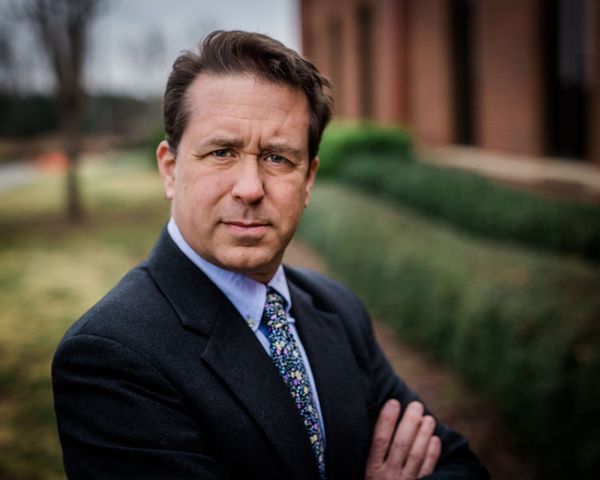
Oftentimes, the question of “lying” enters the conversation. In a recent foster care parent training, as we were going through the skills test, a foster parent asked, “But, what do we do when our foster child lies?” It is a fair question, and one I am asked about often.
In this case, I asked the parent to give me an example. “She lies about washing her hair.” She started telling the room. “She says she has washed her hair, but she comes out from the bathroom with dry hair, so she is clearly lying.” I look around the room, and I can see other parents nodding their heads in agreement. “Its just a dumb thing to lie about, but lying in our household has consequences, but it isn’t working she just keeps lying.” She continues on for a few minutes explaining all the times her foster daughter has lied about washing her hair. I let her go on, because it seems cathartic for her to talk about it.
When she finishes, I wait a moment. “Let’s let go of the lie for a moment.” This is always met with a few eye rolls and some doubts. As adults in the room, we all understand that the child has lied, but the lie isn’t the real issue, and I want to help the parents in the room understand what it’s like to live in trauma brain. “Instead, let’s go back, have you asked her why she isn’t washing her hair?”
My workshops are focused around a critical skill, “powerful questioning” and so lots of my responses are typically in the form of a question. There is silence. “Yeah, I’ve asked her and she said she used to get in trouble for using certain shampoo in other homes she lived in.” It becomes clear to me in the moment what the issue is, but I can see others aren’t so sure. I wait a moment, and slowly I can start to see the connections made.
As a former foster youth, it took me decades to come to terms with my own lying. It was a skill I had learned along the way, and it had been useful many times throughout my life to keep me safe and out of harms way. I recently heard Dr. Cathy Fialon explain trauma brain as a sledding hill. When you go sledding the path becomes worn, and when you go down the worn hill you can gain greater speed.
The well-worn path is easy, and comfortable. However, if you take your sled over a few feet to a part of the hill that hasn’t been used, it is difficult to slide down, you can’t gain momentum, and you often start and stop a lot. It takes time, she explained, to break in this new path and make it enjoyable for sledding.
This example has stuck with me. My own learned reactions as a child had become the well-worn sledding hill. It was easy for me to go down that road, regardless of the effects. But, when I started working on myself (i.e. taking my sled to a new hill) it was difficult. Don’t get me wrong, while I’m still working on breaking in my new path, every once in awhile I like to take a spin on the old one.
That is “trauma brain” retraining ourselves, and oftentimes those we care about, how to break in a new way of thinking. I am thrilled to report that the foster parents from the example above started to see and understand “trauma brain” in their foster youth in a whole new way. They understand that the “lie” itself isn’t the issue, but rather part of a bigger conversation. Understanding why the “lie” is happening is perhaps more important to helping their daughter find her way to a new sledding hill.
Shenandoah Chefalo is a former foster youth, and advocate. She is the author of the memoir, Garbage Bag Suitcase, and co-founder of Good Harbor Institute an organization focused on ensuring sustainable, implemented trauma care within organizations and individuals. You can learn more about her and her work at www.garbagebagsuitcase.com or www.goodharborinst.com



 RSS Feed
RSS Feed